There are lots of ways to camp in an RV. You can stay at a fancy resort with a heated pool and an onsite golf course, a state park with wooded sites and easy access to hiking trails, a KOA with lots of activities for the kids, or you could leave all that behind and strike out on your own for the ultimate RV experience—boondocking.
The term boondocking is used loosely to describe RVing outside of a campground with no hook-ups. It is commonly done in national forests, on BLM land, and occasionally in parking lots.
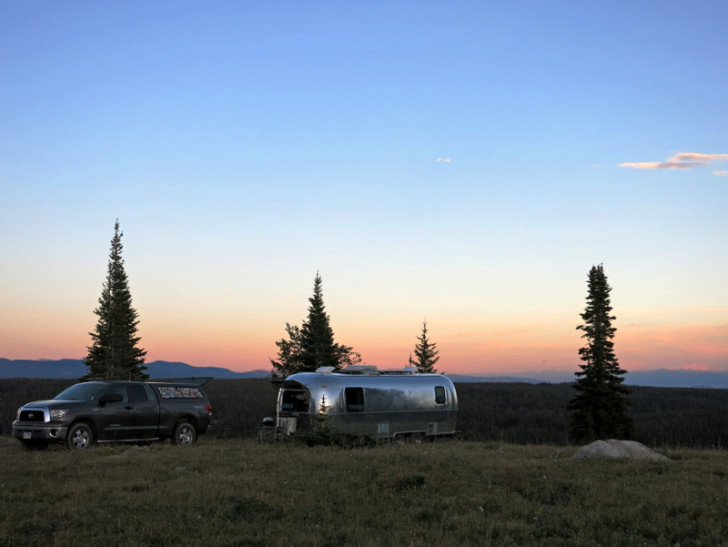
Boondocking requires a sense of adventure, a willingness to conserve resources, and a desire to enjoy nature. It also requires a few extra items that you might not already have in your RV.
With that in mind, these 10 items are essential for a successful (and enjoyable) boondocking adventure.
1. Batteries
All RVs come with either one or two house batteries that power things such as the lights, the water pump, and other 12-volt appliances. There are different types and brands of RV batteries that store varying amounts of power and require varying amounts of maintenance.
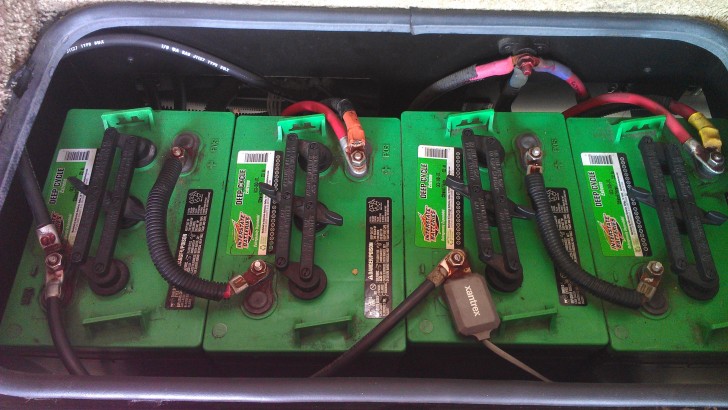
The important thing to remember when it comes to RV batteries and boondocking is that the more battery capacity you have, the more power you can store, and the longer you can go without having to recharge.
2. Solar panels / generator
No matter how many batteries you have, eventually they will need to be charged. Short of driving to a campground and plugging in, the two best ways to charge your batteries are with solar panels or a generator.
Solar panels for RVs are more popular than ever. Plus they have quite a few benefits over generators, including being much more environmentally-friendly. These days, even casual boondockers often travel with a small roof-mounted setup or a portable panel.
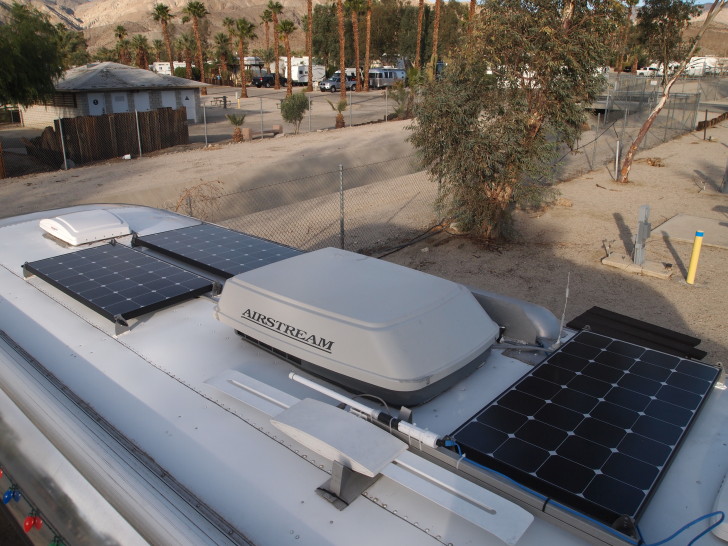
How much solar you need is determined by how much power you use. Some people find a single 150-watt portable panel to be more than adequate, while others install 600, and even up to 1000 watts on their roof.
The best way to determine your power needs is to conduct a real-world test. Go on a short boondocking trip and see how long it takes to run the batteries down when using your normal power load. Then consult a resource such as AM Solar to calculate how much solar you need.
The other way to charge your batteries is with a generator. Most Class A and Class C RVs come with a built-in generator, while most travel trailers and fifth wheels do not.
Even with a solar setup, a backup generator is a good idea for those who plan to do a lot of boondocking.
The limiting factor of relying on solar power is that with no sun, you will not generate any power. This can be a problem on both cloudy or hot days when you want to park in the shade.
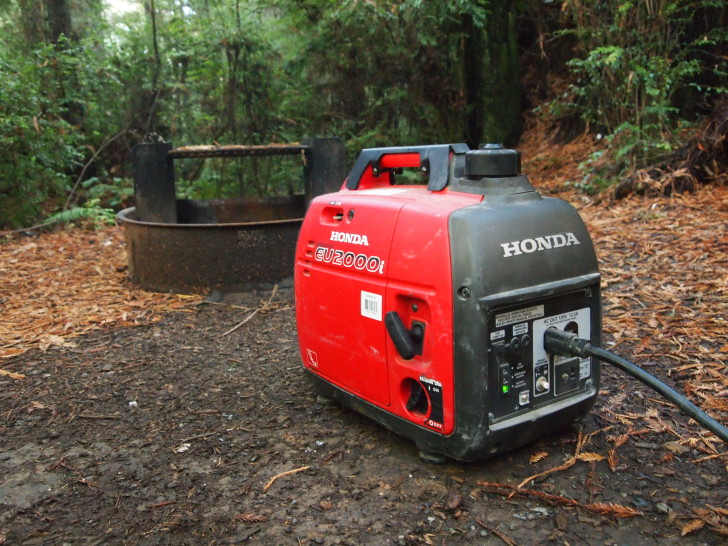
When purchasing a portable generator consider the two most popular brands offering lightweight, quiet units—Honda and Yamaha.
3. 12-volt chargers and appliances
Conserving power when boondocking is essential. No matter how many batteries, how much solar power, or how large your generator, you are going to want to use less power than if you were plugged into shore power.
Does that mean you need to leave behind all your electronic gadgets and appliances? No, but it does mean that you may have to find a more efficient way to power them.
When an RV is running on battery power, all the power coming in is 12 VDC. If you want to power items that run on 120 VAC, you need to use an inverter (converts power from 120V to 12V).
Sounds simple enough, but it’s important to remember that not only are inverters expensive (and have limited uses) but they also require their own power to run. While many boondockers do add an inverter to their RV, the other, simpler solution is to run as many items as possible off 12 volts.
12-volt chargers are readily available for many common electronic devices. You know that cord you plug into the car to charge your phone? That’s a 12-volt charger. They also make those for laptops, e-readers, camera batteries, and many other small rechargeable electronics.

You can also find small kitchen appliances that run off 12-volt power. Items such as coffee pots and slow cookers are all available in 12-volt versions. It’s even possible to buy a 12-volt TV.
Does this mean you can run everything off 12-volt power? Maybe not. But keep in mind that every time you avoid turning on the inverter you are saving power.
4. LED lights
One of the simplest ways to conserve power is by switching all the lights in your RV to LEDs. Did you know that LED bulbs use up to 90% less energy than traditional bulbs?
That’s a huge difference. Other benefits of LEDs are that they don’t produce heat and they last up to 50 times longer than a typical incandescent bulb.
5. Outdoor solar lights & lanterns
Boondocking often entails camping far out in the wilderness with no city or streets lights for miles. While the darkness is usually a huge advantage of many boondocking locations, it can be helpful to have some outdoor lights.
One of the easiest ways to light up the area around your RV is with solar lights.
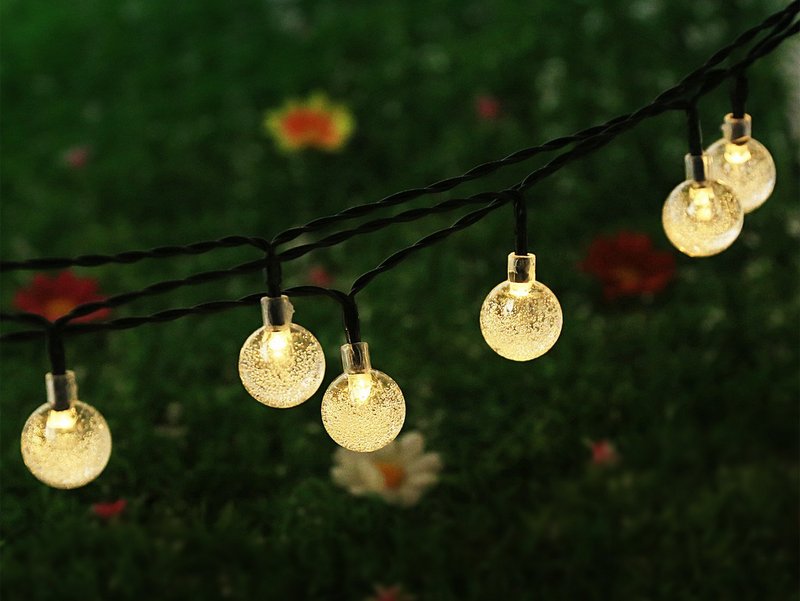
Drape a set of LED solar string lights around your awning, create a lit up perimeter with solar-powered LED path lights, or dine al fresco with a go-anywhere inflatable solar-powered Luci Lantern.
6. Low energy 12-volt fans
Using your A/C while boondocking is generally not possible. An air conditioner is a tremendous power hog.
And while in some cases you can run it off a generator, ask yourself if you really want to spend all your time holed up in your rig with the generator on while the A/C blasts. Kind of defeats the purpose of boondocking, doesn’t it?
A much better way to keep cool while boondocking on a hot summer day (aside from driving to the mountains or the ocean) is with low energy 12-volt fans.
Most RVs have one or more roof vents that open to allow cool air in. These roof vents may or may come with fans in them. If they don’t have fans, consider installing some.
Both Fan-tastic Vent and Maxxair make fans that fit in the roof vents and move around the air in your RV. They are available with a variety of features including rain sensors, rain covers, remote controls, and thermostats.
Another excellent 12-volt fan is the stand-alone Endless Breeze fan by Fan-tastic. This slim-design fan pushes out a large amount of air while using a minimal amount of power.

7. Propane heater
Just as you may need to cool your RV while boondocking, you might also need to heat it. No matter what time of year, nighttime temperatures can sometimes get cool enough for a little heat, especially if you are boondocking in the high elevation mountains.
Instead of cranking up that noisy, energy-hungry furnace, why not use an all propane option that requires no extra power?
You can choose from a simple portable heater such as a Mr. Heater Buddy that runs off small propane bottles, or you can have a wall-mounted catalytic heater installed that hooks directly to your onboard propane tanks.
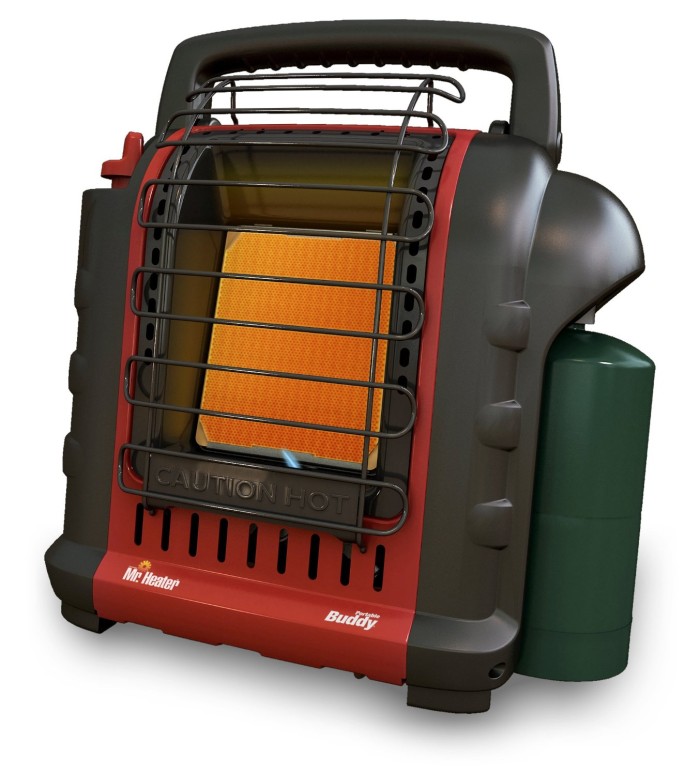
Remember, it is critical to properly vent propane heaters. Always follow the manufacturer’s recommendations and never leave a propane heater unattended. Read more about the Dangers Of Propane Heaters And What Precautions You Should Take
8. Water-saving showerhead and faucet aerator
Now that you’ve got everything you need to conserve power in your RV, let’s talk about conserving water. Without water and sewer hook-ups, or even a nearby water spigot, it’s important to conserve both water and tank space when boondocking. One of the easiest ways to do both is by limiting the amount of water that that comes out of your faucets.
For the shower, install an Oxygenics BodySpa Showerhead. This ingenious product mixes air with the water giving you a great shower while using 20% less water.
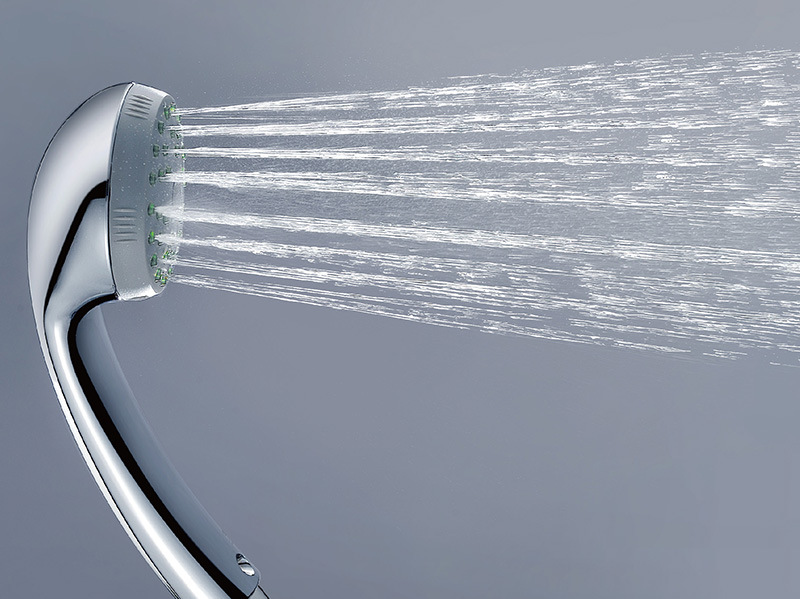
For the kitchen and bathroom sink, a simple Low Flow Faucet Aerator slows the flow of the water coming out, saving you both water and space in your grey tank.
9. Dishwater pan
This is an easy one. Simple buy a plastic tub that fits in your sink and wash your dishes in it. This method will automatically save water, and you can use the dishwater for other purposes such as flushing the toilet.
10. Portable water jugs
If you don’t want to be limited by the size of your fresh water tank, portable water jugs will allow you to refill the tank without moving the RV.

You can choose from 5-7 gallon Jeep style plastic containers, or bladder-style containers that come in all sizes from 5 gallons up to 45 gallons.
Depending on the size of the container and the type of fresh water fill your RV has, you can either use a funnel to pour the water directly in the tank, or a 12-volt pump to add it.
What do you think? Are you ready to ditch the crowded campground for some wide open spaces and a great view? While not all of these items are critical for a successful boondocking trip, having at least a few with you will make your adventure into the wild easier and more enjoyable.




Here’s something that is rarely mentioned or even considered. Suppose you’re boondocking in a remote location, such as “dispersed camping” in a national forest along some little fire road far from any well-traveled road, and you have engine failure or a medical emergency, and you have no cell-phone signal at all. What do you do?
My solution: I bought a satellite communicator called the inReach. (It used to be made by DeLorme but was acquired by Garmin.) It lets you do a lot of things, including sending short text messages to someone on your own contacts list, sending a serious-emergency SOS signal to a 24/7 emergency dispatch center that can send out appropriate search and/or rescue, communicate 2-way with first responders by text, send pings of your current location to pre-designated people on your contact list showing them exactly where you are on a website map. You can also buy an optional medical evacuation insurance that pays for the inReach responders. The device communicates by satellite, not cell phone, so all you need is a view of the sky above.
There’s an initial purchase cost for the device, and you choice of various service plans. My device cost $299 a few years ago and the plan I chose costs about $15/month plus a small annual fee. Where to buy it? Search Google for “inReach” or check outdoor retailers like Cabelas.
Prior to boondocking, make sure you have more than 1/3 of fuel in your gas tank, else your on board generator won’t turn on.
The only problem I’ve ever experienced while RVing was on a ski outing to Stevens Pass in Washington state. I filled the 80 gallon propane tank in my 32 foot Gulfstream Classic MH. I’d just purchased a new set of roller chains and near the summit of Stevens I’d missed the cut-off to the parking lot I’d intended to pull into. I stopped and backed up about 100 feet to turn off and when I attempted to pull forward I spun the tires on the icy roadway and had to install my chains. To get stated I wound up spinning my wheels again. After getting parked I set the furnace and retired for the night. In the early morning I awoke to extreme cold and my two cats under the covers with me. They usually slept on top of the blankets. I got up to restart the furnace and it wouldn’t start. I’d just had it serviced so went to fire up the burners on the range. They wouldn’t light. When the sun came up I checked my propane tank and it was empty. I’d just filled it. I found that my new roller chains had broken and sliced through the line to the furnace. Having an exposed propane line was a flaw in the design. I’m fortunate I didn’t start a fire. I learned to NEVER spin your tires with chains on. That day I hit the slopes to 4.5 feet of powder. Epic. I’d also left my snow shovel at home and had to borrow one from a neighbor to dig out. A checklist is now SOP.
Lighting; I wanted to pass this on as a battery saving technique that I use. I have six garden style solar lights that I pull from my garden when I am heading out on a longer trip and take with me. When I get to the sight, I set them up to collect light then when its dark, I pull four of them, take them inside and use three as the lighting for the coach’s main compartment and one in my bed room. The other two stay outside to provide lighting/security through out most of the night. I always get the kind that have an on and off switch so when its time to sleep in the camper you can turn them off. Of course we use the main lights when needed but these help tremendously at keeping my batteries charged.
Hi Norm, You can send an email to admin (at) doityourselfrv.com.
Thanks!
how di I send you pictures is something you might want to publish?